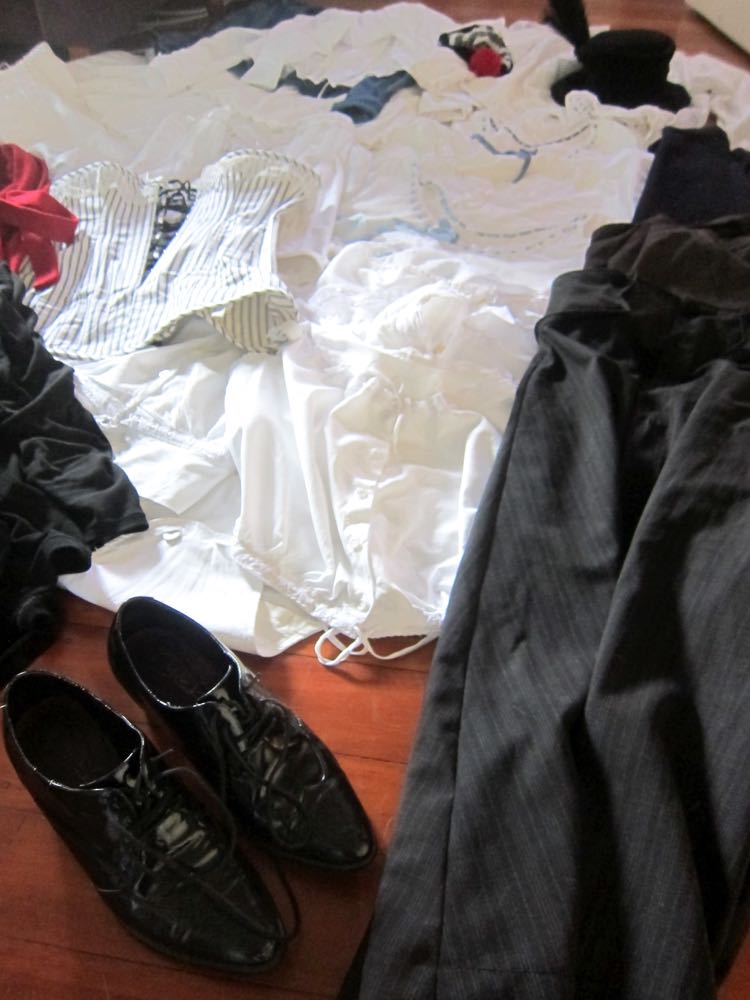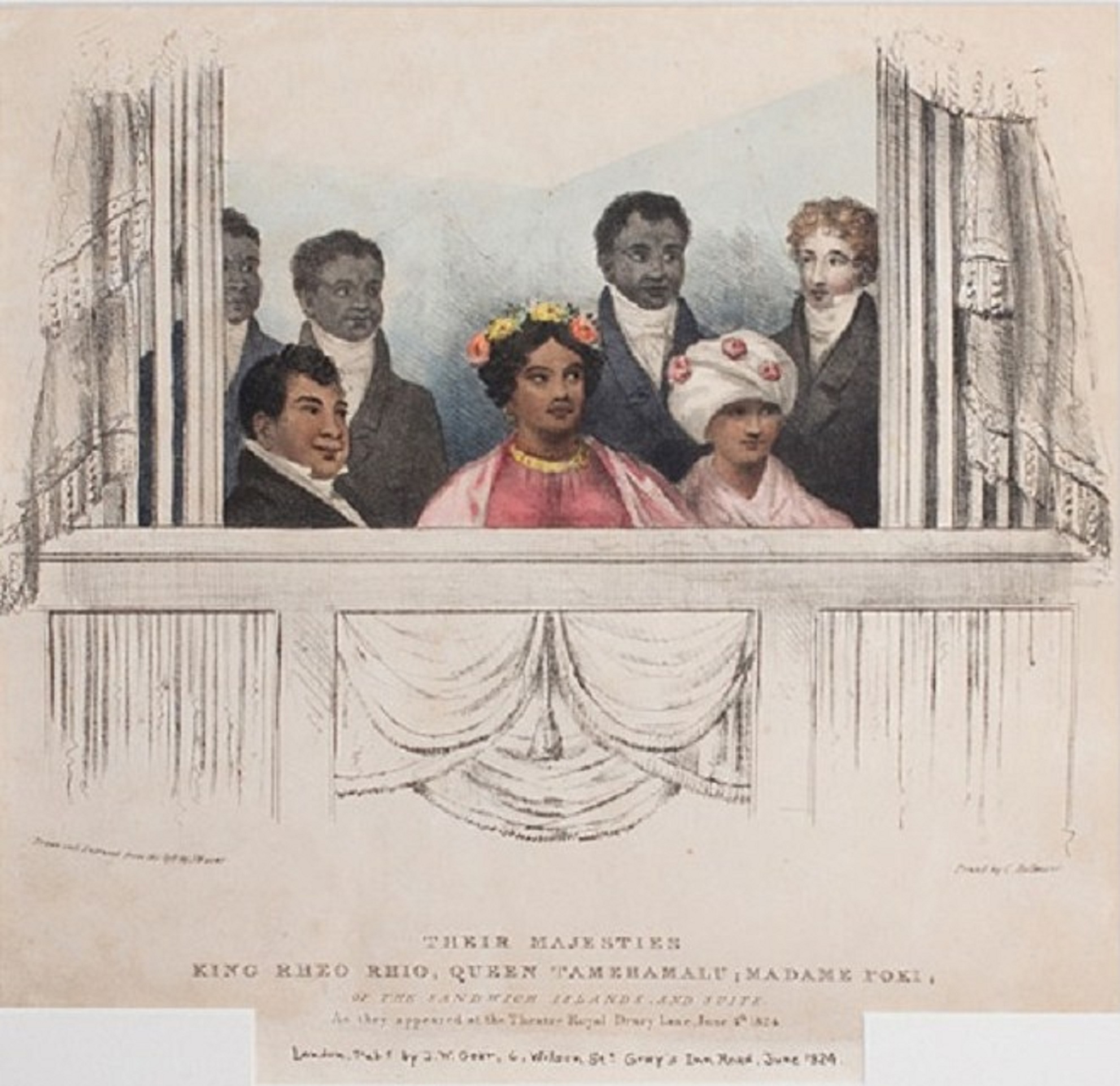I’m very excited to be going to Costume College again this year – and to be teaching again!
I’ll be teaching three classes, one each on Friday, Saturday & Sunday. I’m being quite brave teaching three classes (and sadly, it means I’ll miss lots of other peoples classes – the huge drawback to teaching), but I was so excited about these three topics I couldn’t decide which to pass on, so offered all three as choices.
The first is my favourite rant:
Beyond the Fringe: Unravelling the Myth of the 1920s Flapper
Imagine a flapper. The popular concept is of mid-1920s young women, with fringed dresses, sequined and feathered headbands, sleek bobbed hair, and few inhibitions. This class will explore the historical truth behind the flapper myth, from the British origins of the ‘flapper’ in the 1900s, to the rise in popularity of the term in the 1910s, and the way it evolved into the feminist movement of the 1920s, and was then re-invented over the course of the 20th century. We’ll look at where the iconography of the look came from, as well as the alternatives to flapper-ism in the period.
Friday: 11:00 AM – 1:00 PM
The second relates to my main research topic for the last two years:
The Great War Wardrobe
An in-depth exploration of WWI-era homefront fashion. Massive societal changes caused by WWI brought major changes to fashion (new types of undergarments, new fabrics, higher hemlines, and a radically changing silhouette), which caused further societal changes in turn. Leimomi will look at how WWI affected fashion by examining both high-fashion designs, and how they were interpreted in daily wear by home seamstresses. In addition, Leimomi will also provide a detailed guide for building your own WWI era wardrobe, drawing from period accounts of average wardrobes and her own experiences in attempting to live as though it were 1916.
Saturday: 1:30 PM – 3:30 PM
And the third is something close to my heart:
Tapa Cloth & Tiki Attire: The Pacific Influence on Fashion
The Pacific holds a special place in the public imagination: encapsulating everything that is glamorous and exotic, it literally epitomize paradise. Learn how this fascination has influenced Western fashion, from the two known examples of 18th century garments made from Tahitian tapa cloth, to the 1820s fashion for turbans ‘a la Hawaiien’, through the Victorian fad for kiwi-feather muffs, and culminating in the mid-20th century obsession with the Pacific, as seen in Aloha shirts, and Tiki fashions by designers like Shaheen.
Sunday: 10:00 AM – 12:00 PM
If you’re coming to Costume College I do hope you’ll be able to make one of my classes!




You’re going to have an amazing time teaching all of these!
How exciting! I inherited several yards of “pina cloth” from the widow of a merchant seaman. She understood it came maybe from Hawaii or maybe elsewhere in the Pacific Rim. I’ve never known what do do with it…sounds like your last workshop would inspire me. Wish I could be there!
smithsonianmag.comregarding that wonderous stuff “pina cloth” – Lacis is having an exhibition of the fabric and clothing from it until May 2018 — its incredible and Jules is incredibly knowledgeable about the subject and LOVES people to come see it and ask questions! https://www.smithsonianmag.com/museumday/venues/museum/lacis-museum-of-lace-and-textiles/
Great topics! They sound so interesting.
These are the COOLEST! Having lived in Hawaii, I’m excited about the Tapa cloth. Is that the bark cloth they talk about in Hawaii? Will viewers of Moana recognize it? (Sorry–I know so little, and other people maybe are only exposed through the Disney film) Are the 18th-century pieces the only pre-contact pieces? Squee!
Ok, Great War: Was there rationing as their was with WWII “Utility Clothes”?
What sorts of literary quotes do you have about “flappers”? I remember guffawing at Galsworthy’s take on Fleur.
Sorry that you will be missing, but then you can get the recaps during the wonderful balls and dinners.
My grandma wore short skirts and flattened her very short hair in the 1920s, and she was a very devout Baptist and teetotaler who believed that even tea was too stimulating. So many people think that short skirts necessarily read ‘immodest’ then, but they didn’t : )
Congratulations ! You will bring new insights and a wealth of information to your students. With regard to “The Great War Wardrobe”, the Bibliotheque Forney in Paris has just opened an exhibit on “Mode & Femmes 14/18”. I had a brief visit and will see it at leisure this summer. Let me know if you’d like the catalogue, postcards, and photos of the exhibit.
Oh,I would so love to hear the lectures for the first two of these! However I suspect I will be working(again)that weekend. Will you by any chance post them on the blog later? Hoping.